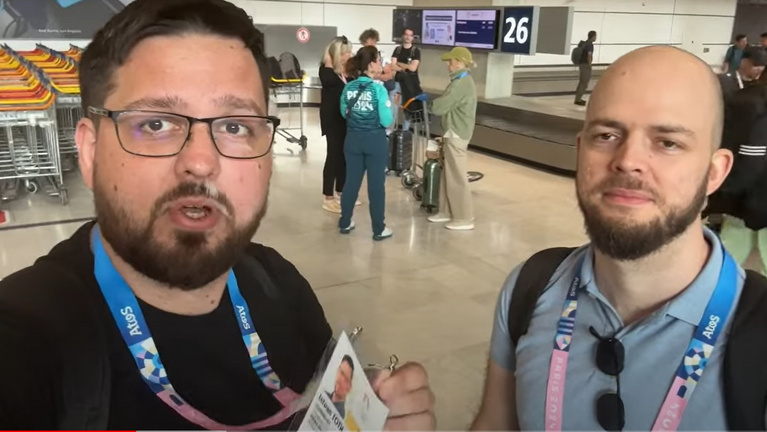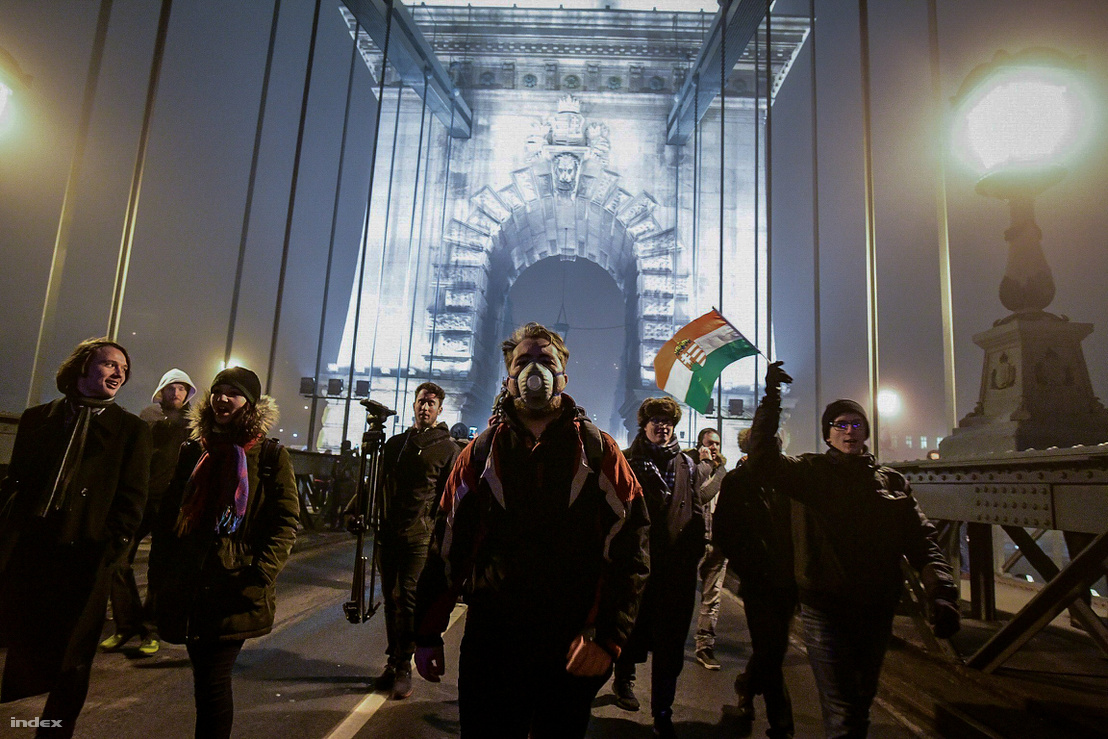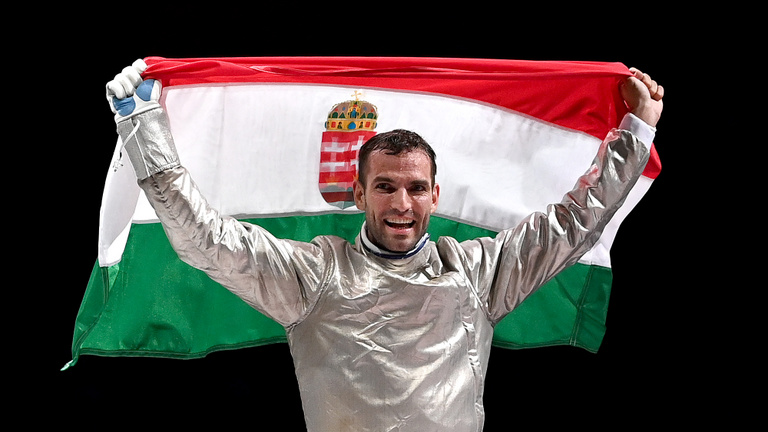
Protester's Tour Guide to Budapest

Confused by all the strange names of places in Budapest? Do you have no idea where protesters are, where they are going, and how they are getting there? Index in English is here to help you out with a handy little tour guide to the ongoing protests, that we might expand if more places get involved in the course of the events.
You can find every important detail on this map and in the descriptions below:
Kossuth Square
The square in front of the Parliament, completed in 1904, is surrounded by various government buildings. Most protests start and end here, as the spacious square and the obvious connection to the legislative power makes it ideal for political assemblies. Gazing at the police on the stairs leading up to the main gate is a popular pastime here.
Chain Bridge
Budapest's first permanent bridge over the Danube. Protesters blocked traffic here both on Wednesday and Thursday, as this bridge is the closest to the Parliament.
Margaret Bridge
Both Wednesday's and Thursday's marches lead across this bridge. It is one of the most important routes of the city with heavy traffic, connecting both Buda and Pest with the beautiful Margaret Island.
Main Boulevard
The Main Boulevard (Nagykörút), cut into the city fabric between 1884 and 1906, connects all downtown districts of Budapest (V, VI, VII, VIII, IX) and is the route of tramlines 4 and 6 that carry around 400,000 passengers a day. Sections of it are popular marching routes for protests.
Oktogon
The octagon-shaped junction of the Ringroad and Andrássy Avenue is one of Budapest's most traffic-heavy points. Often the venue for post-protest parties, as most demonstrations for CEU in 2017 ended here with blaring music and dancing people.
Andrássy Avenue
Andrássy connects Heroes Square with Deák Ferenc Square, the Opera and Oktogon. Protesters often march here due to its central location and proximity to the Russian Embassy and Fidesz's main headquarters.
Heroes Square, Lendvay street
Heroes square is one of the most famous historic landmarks in Budapest, with its statue complex and the Museum of Fine Arts and the Art Gallery on its sides. Protesters, however, do not come here for artistic gratification but for Fidesz's headquarters on the corner of the square at Lendvay street, hit most heavily by the 2014 Net Tax protests with a barrage of old keyboards, routers, mouses, and CRT monitors.
The Sándor Palace
Located in the Castle District in Buda, the palace is current residence of Hungary's President of the Republic since 2003. Protesters mostly come here to let encumbent president János Áder know if they took a dislike to him signing a particular law into effect. The adjacent building, currently under renovation, will serve as the office of the Prime Minister from January 2019, making the location all the more popular for protesters.

Support the independent media!
The English section of Index is financed from donations.











